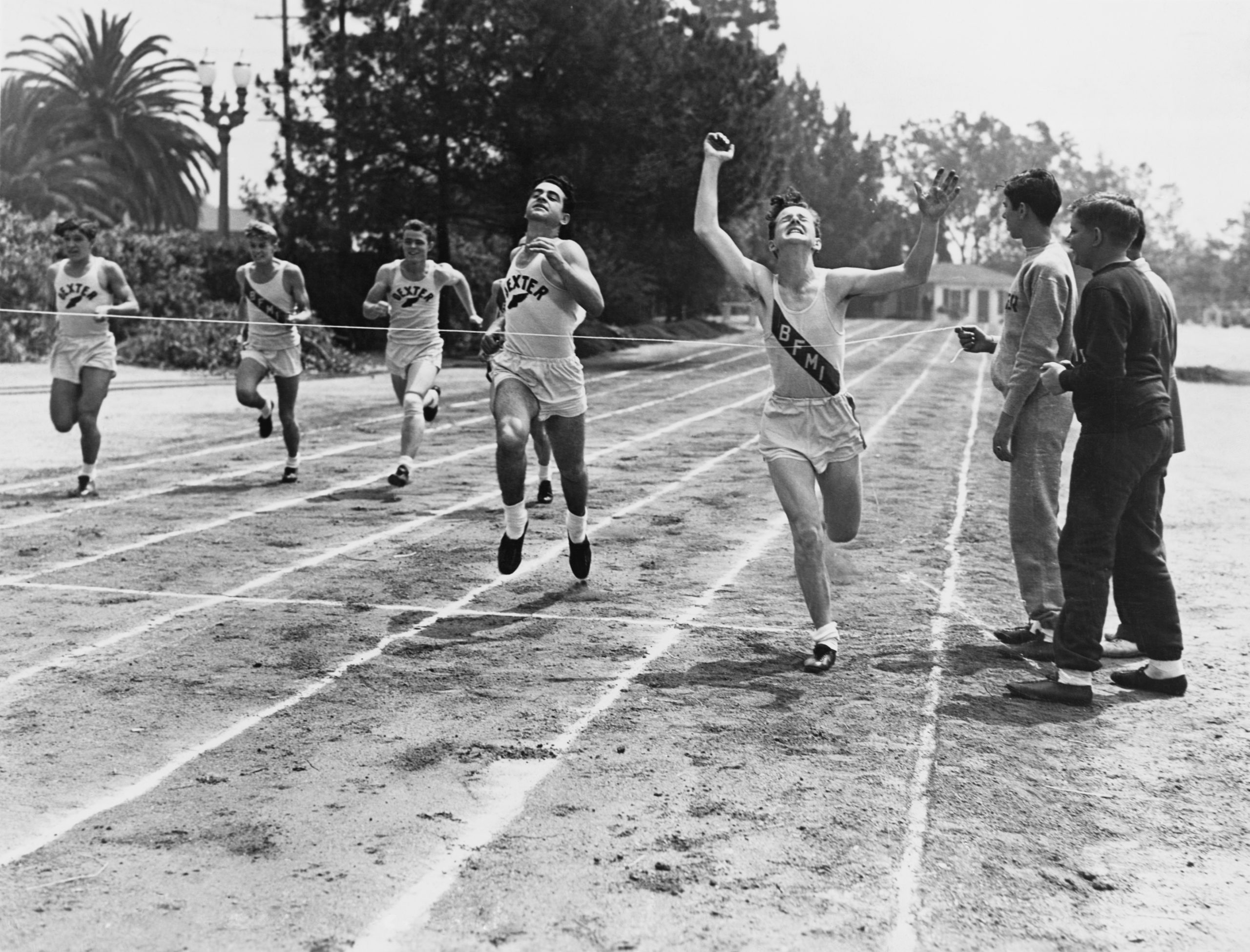When I ran my first Ironman, my childhood friend Winnie agreed to train with me. Ever the planner, Winnie is always expecting the unexpected.
On our last practice run, she led us AWAY from our determined finish line at the last second, adding another mile to our practice loop. She wanted to make sure I understood what it felt like to be close to the finish line, only to be led away from it.
I will never forget it. On race day, this extra element of training enabled me to tap into my resilience so I could keep going.
Winnie was the first person who taught me how to see past the finish line and to expect failure. She is not a pessimist; she is a realist. She understands the value of not only pushing yourself to the limit, but also thinking of all the circumstances that could go wrong.
When you expect failure, you are not conceding to it. Rather, you are forming your contingency plans. Then, you know exactly what to do when you encounter failure—and you most definitely will. I can guarantee it.
When you are ready for any challenge, setback, or curveball, you are no longer on edge, but relaxed. This confidence is key. Do not be afraid of your backup plans—use them to build confidence and resilience in the face of adversity.
Photography by: Shutterstock
